5 Iconic Elements Comics Borrowed from Their Own Adaptations
Syngerise that backwards overflow!
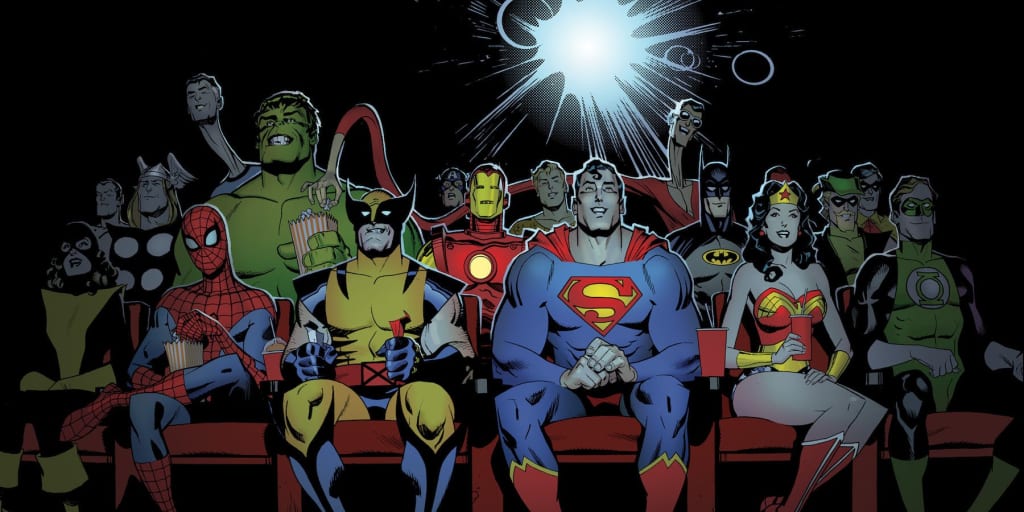
The success of the Marvel Cinematic Universe has been bleeding back into the original comics universe for years now, with mixed results. The Guardians of the Galaxy got quick and dirty redesigns to match their first movie as soon as it came out and the less said about the convoluted hoops Marvel jumped through to have a Samuel L Jackson-esque black Nick Fury in their main comics universe the better (especially given they had such a character, the one the movies copied even, in their dying Ultimate Universe, just waiting for a lifeboat over).
But, however clumsy or objectionable this backwards overflow synergising is, it's nothing new. Comics have been grabbing good ideas gannet-like from their own adaptations as soon as they started happening. Many of these have gone on to become staple elements of the source material, such that we wouldn't ever question their existence. Concepts like:
The Batcave
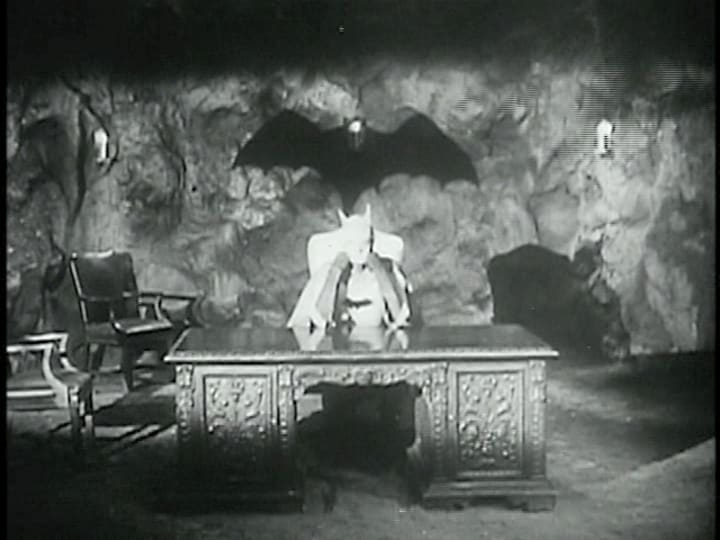
The Dark Knight Detective having a dedicated place to think, investigate and, let's be honest, brood, seems totally obvious to modern minds. Clearly, a man with the budget to have his own bat-detailed supercar isn't going to be operating out of a spare bedroom. But the addition of a conveniently habitable cave system beneath Wayne Manor came not from Batman's official creator, Bob Kane, nor even from Bill Finger, the writer who came up with most of the tangible elements of Batman, but from the first film adaptation of the character.
It was only in 1943, four years after the character's debut, that the Batcave (or the Bat's Cave, as it was) debuted in the film serial The Batman. Here it offered a place for the Batman's high tech crime lab, and a location for him to interrogate henchmen. The latter isn't used too often these days—taking criminals to your secret hideout beneath your civilian ID's house isn't a great idea—but the crime lab aspect has become a key part of the Batcave, especially with the introduction of computers. As computers entered popular consciousness, the spaciousness of the Batcave allowed Batman to have the most powerful computer possible in a time when power was equivalent to size.
So what was Batman doing before the introduction of the Batcave? Well, there wasn't a huge amount in the way of brooding or scientific investigation in the stories those days, as Batman would be too busy getting stuck into crime. When Bruce Wayne and his ward Dick Grayson needed to change into the guises of Batman and Robin, they would simply go to their bedrooms and get changed.

Or just get changed in the same room, that's also fine, I guess.
Kryptonite

With a character as seemingly omnipotent as Superman, an Achilles' heel that can be targeted or exploited is a necessary component for creating genuine threat and danger to the character. Which means it's surprising that Kryptonite, the radioactive waste of his former home planet that renders him as vulnerable as a human, wasn't created until the mid-1940s by the Adventures of Superman radio show.
Kryptonite was supposedly introduced as plot mechanic that would put Superman in a temporary state of paralytic peril so the actor playing him on the live, daily serial could have a few days holiday. With Superman off the board, pinned down by the effects of Kryptonite, the show would focus on other characters for a few days, before Superman managed to overcome the effects of the rock (or was saved from it) and got on with saving the day.
The Superman comics soon seized on this, with the glowing rocks first appearing in 1949. While there was no actor to give a holiday, Kryptonite became just as important for the comics as the radio series, the solution to a problem it had found itself caught up in. Kryptonite hadn't been created with the Man of Steel because there was no need for it. In the early days of the character's existence, he was still relatively limited in his powers. He could only leap, not fly. He was faster than a speeding locomotive, sure, but not troubling the Flash. And while he was invulnerable to your average punch, he was still weak to relatively mundane weapons like explosive shells.
Quickly though, Superman's strengths and abilities ballooned. Not only did he get several new powers, but his existing ones levelled up considerably, to the point that he was shrugging off mortar fire like it was a barrage of snowballs. Superman had become so super that nothing could really challenge him. Kryptonite was the answer to that, a special macguffin designed purely to weaken him and thus add back in a bit of drama.
Of course if there's one thing the comics industry is good at, it's repeating its own mistakes. Kryptonite became over-used, available in dozens of variants and eventually ineffective, until later stories had to actively retcon its powers back to operating strength. Now it's much less prevalent, allowing it to be more potent, again creating a viable threat for the Man of Steel, while the biggest concern for actors playing him isn't getting a holiday, but the state of their facial hair.
Harley Quinn

Hey, it's a more obvious one slipped into the middle! Before she was DC's Deadpool, Harley had a good run as an integral part of the Batman mythos, as, mostly, the emotionally manipulated girlfriend of the Joker. Harley has blown up in the past 10 years or so, not only starring in Suicide Squad, but being a key character in the Arkham games and a merchandising powerhouse. All of which is impressive for a character that not only was created as recently as the early 90s, but for a throwaway bit part in a Batman: The Animated Series episode.
Created by writer Paul Dini, Harley Quinn filled the henchman role usually taken by generic mooks in the episode Joker's Favour, as Dini sought a way of spicing things up a bit. Basing the character loosely on his friend (and the actress that would end up voicing her, Arleen Sorkin) the result was a smiling woman in a harlequin costume with a cheery voice and idiosyncratic manner. Harley was a hit, quickly becoming a regular sidekick for the Joker in the long-running series. She transferred to comics the next year, 1994, with the (out of continuity) special Harley's Mad Love, written by Dini himself. It was five years before she made to the DCU proper, in imaginatively titled Batman: Harley Quinn Special in 1999, but the wait was worth it and the character's made regular appearances since, becoming as entrenched in the life of the comics Joker as she was the cartoon's. Her popularity has only grown from there, with her own solo series running strong for years now. So much so that scientists predict that by the year 2034, 45% of all media will feature Harley Quinn. The other 55% will of course be Deadpool.
Jimmy Olsen

Harley isn't the first character wholesale moved over to the comics though. It's a phenomenom that's been happening almost as long as there have been comics. But it doesn't always stick the first time. A notable earlier example is Superman's pal, Jimmy Olsen.
Jimmy was originally created for the Superman radio serial in the 40s, essentially as someone for Superman to talk to. He quickly popped up in the comics, sort of filling the role of sidekick that was becoming wildly popular at the time thanks to the addition of Robin to Batman.
But Jimmy's comic appearances didn't really stick—likely because Superman was popular enough without needing a sidekick as an audience viewpoint/aspiration figure and Superman simply had to content himself with emotionally manipulating and psychologically torturing Lois Lane. It wasn't until Superman was adapted for television in the 50s that Jimmy got another shot at comics stardom. The show was a huge hit in syndication and the "Jim Olsen" character, who was often used as comedy relief, was a big part of that.

So DC took another crack at the character, having him reappear in the comics. It was a huge success and by 1954, only a handful of years after the TV series debuted, he was starring in his own title, Superman's Pal, Jimmy Olsen. He was the Harley Quinn of his day, you might say, if you were intent on received a series of confused expressions from whoever you said it to.
Jimmy's solo series ran for a staggering twenty years, cementing his position as a regular part of the Superman mythos.
Blade, the Daywalker
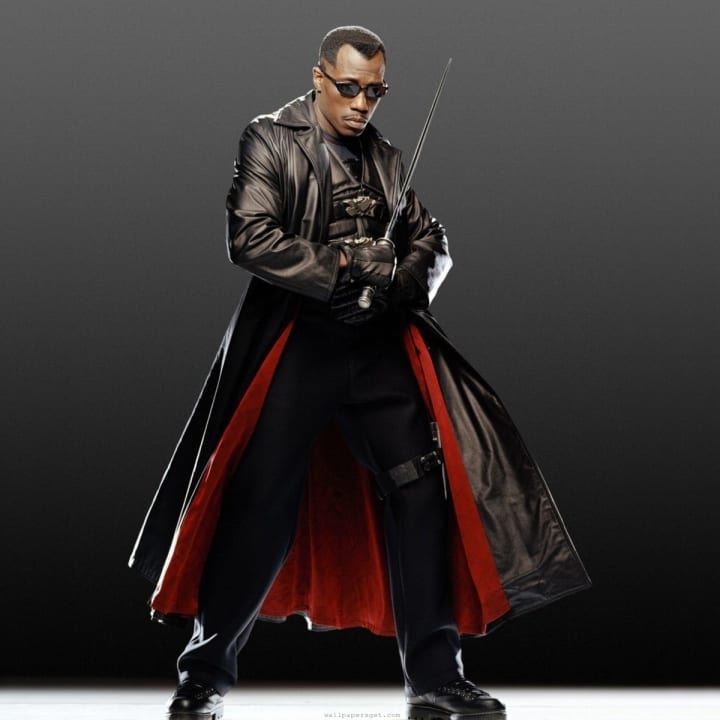
It's not just supporting characters that get translated back from adaptations though. Sometime it's entirely divergent takes on heroes themselves that get pasted back onto their original iterations. Take Blade. Created by Marv Wolfman and Gene Colan in the 1970s, Blade was inserted into the ensemble cast of horror hit Tomb of Dracula as one of many hunters trying to kill the lord of the undead. Over the years, Blade has survived as one of the most popular parts of the ToD ensemble, receiving guest appearances in other comics and even cartoons.


And until the 1990s, that was Blade: wooden cutlery and down with vampire hickeys. Anyone familiar with the character now, whether it be from his trilogy of films, short-lived TV series or modern comics appearances, will know that's not how he is currently. Today, Blade is the Daywalker, a full-on half-human vampire that is immune to the danger of sunlight at the cost of hungering for human blood like those he kills with his range of (metal!) bladed weapons. This is certainly the character Wesley Snipes played and the one Marvel awkwardly shoved back into the comics, via a storyline that saw him bitten by a mind-controlled Morbius (of the Living Vampire fame) which mutated his yadda yadda yadda, he's just like Snipes now.
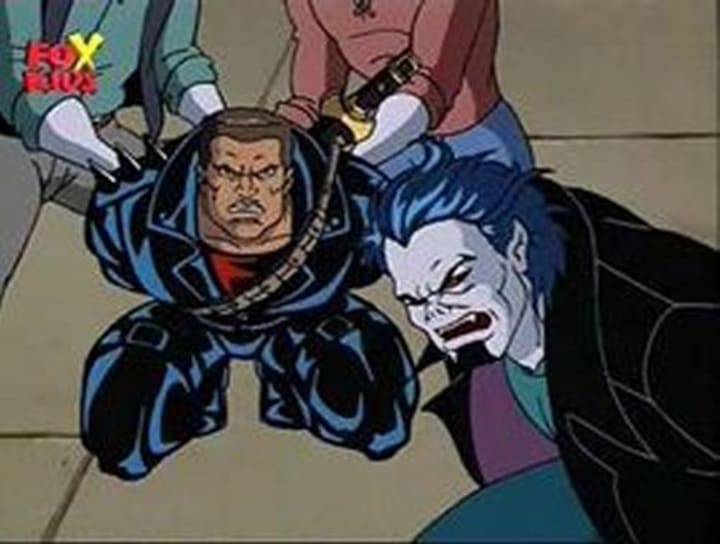
But the New Line films weren't the root of this take on Blade. Fittingly, given the filmic make-over to the comics version occurred in a 1999 issue of Spider-Man, the Daywalker version of Blade originated with the 90s Spider-Man animated series. The series' main writer, John Semper Jr, was looking for a black hero to make some appearances on the show, to add a bit of racial diversity. He struck on Blade, but gave his powers a bit of a tweak to tie in with the ongoing Neogenic Nightmare storyline featuring Morbius and Spider-Man's own experiences with unexpected mutation. Scripts featuring Semper's take on Blade were passed along to David S Goyer, who rattled off a film script based on it and promptly sold it to New Line (with no credit to Semper). Comics!




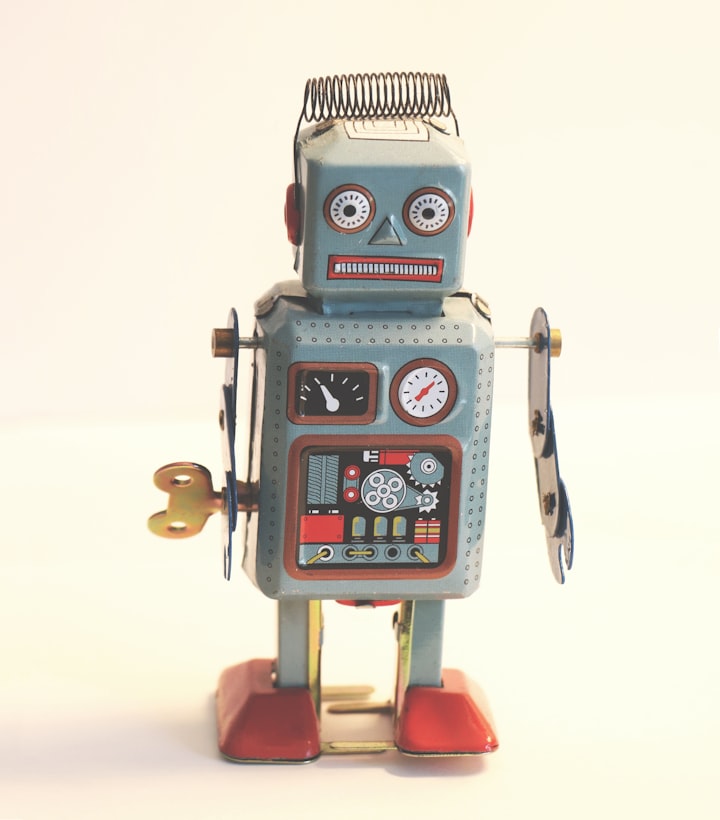

Comments
There are no comments for this story
Be the first to respond and start the conversation.